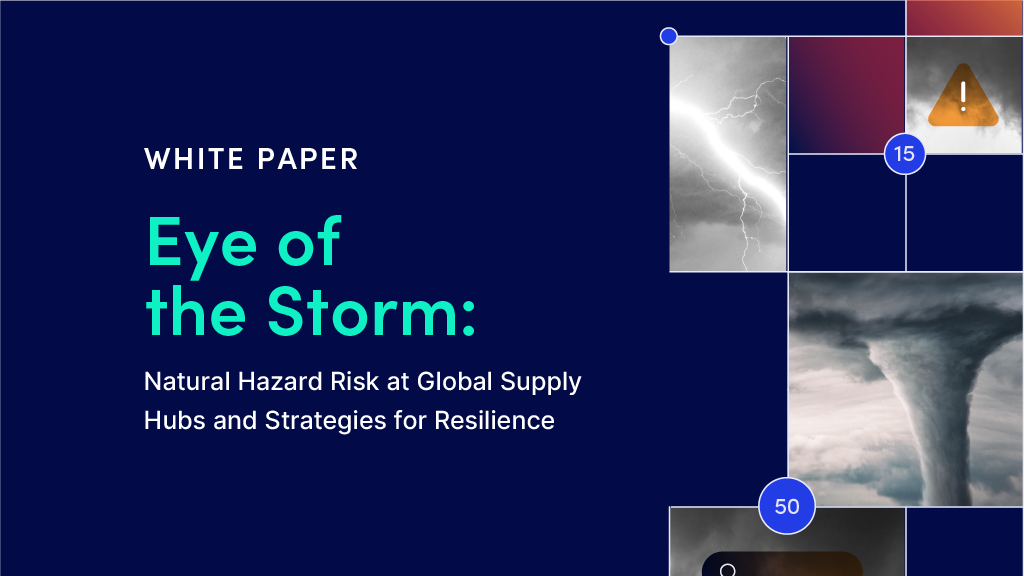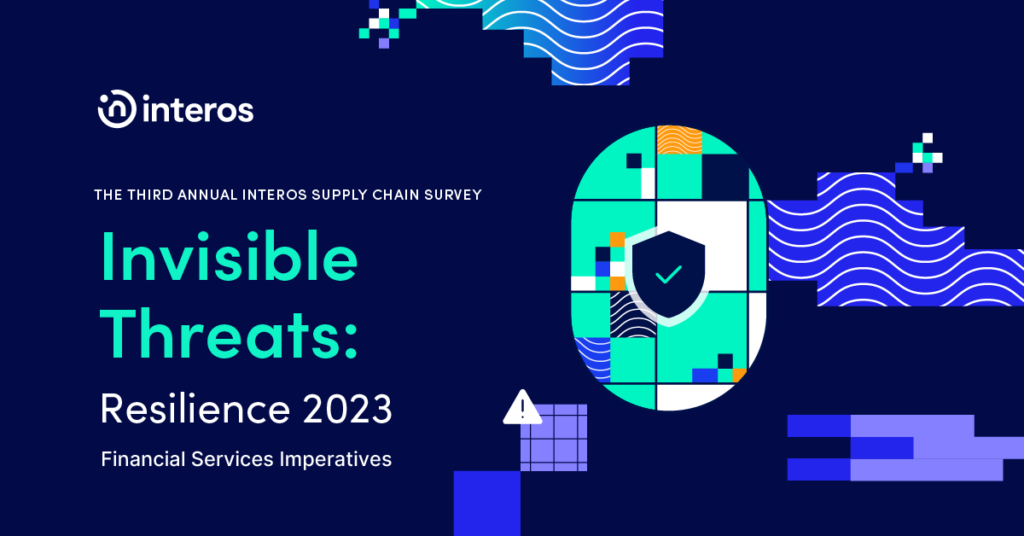“Eye of the Storm: 10 Supply Chain Hubs Facing Natural Hazard Risks” analyzes natural and catastrophic hazards faced by some of the world’s most important trade regions. From earthquakes in Panama to drought in India, industry and government leaders are navigating rising challenges to ensure stability and prosperity.
Highlights
- Identifying Risk: Understand where key global hubs face acute hazard risks and the implications across multiple sectors.
- Quantifying Impact: Unpack the factors propelling disaster-related economic losses to an all-time high of $360B in 2022 and how these costs are escalating.
- Getting Ahead of Crisis: Learn how forward-looking risk intelligence surfaces and mitigates natural hazard risk of each location, including insights on volcanoes, wildfires, landslides, and the implications of climate change intensification.
Please Complete Form to Download Whitepaper
Summary
Extreme weather has skyrocketed five-fold in recent decades, devastating nations, communities, and lives worldwide. This summer alone witnessed record-breaking temperatures, lethal hurricanes and floods, and wildfires that inflicted a harrowing death toll and billions in economic losses. The linchpins of our global supply network — ports, railroads, and other vital infrastructure — are caught in a vortex of escalating disturbances that reverberate through every sector of industry.
It’s no longer a matter of “if,” but “when,” the ten supply hubs analyzed in this paper will require new solutions to grapple with the impact of disaster on their supply networks. Using Interos’ catastrophic risk technology, we detail threats facing some of the world’s most significant supply chain hubs and keys to strengthening their resilience.



